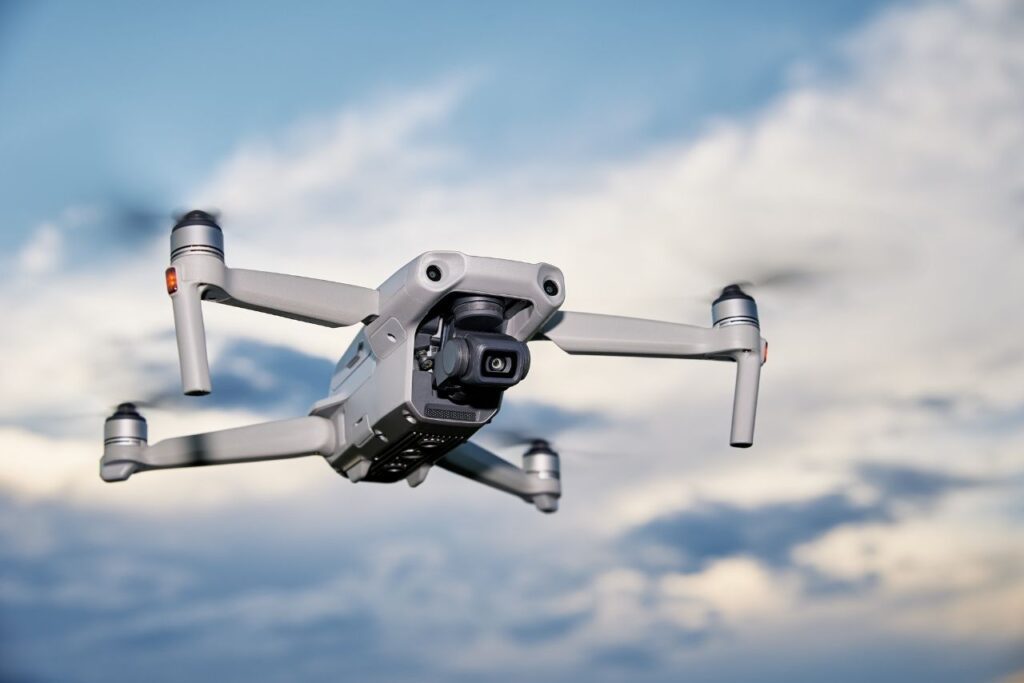
Drones vs. drivers Google Wing to redefine the delivery landscape
Ready for a game-changer in the world of sports and technology? Picture this – you’re sitting in the Coors Field baseball stadium in Denver, watching a game, when a sleek Google Wing drone zooms overhead and drops a package onto the field. Yes, folks, this groundbreaking spectacle is not a snippet from a sci-fi movie; it’s a recent showcase by Google to flaunt their autonomous aerial fleet’s capabilities.
Let’s take a look!

Driving innovation
Google has been putting its money where its tech is, pioneering drone delivery in Australia, where it’s been dropping packages as frequently as every twenty-five seconds in a bustling city. The Denver demo, however, is the first delivery to a professional sports stadium, an ingenious way to exhibit their prowess in flying drones in major U.S cities. This act underlines the mounting efforts by various companies like Amazon and Walmart to leverage drones for light-item deliveries.
“Our intent here is not to deliver beer and peanuts to stadium-goers. We’re more focused on supplementing existing methods of ground-based delivery to move small packages more efficiently across miles, not feet,” says Jonathan Bass, company spokesman.
Despite Amazon’s Prime Air service making a big splash when it was announced in 2013, it has only made about a hundred deliveries in the United States, per a CNBC report. In contrast, Google’s Wing boasts about 300,000 commercial drone deliveries in the U.S., Europe, and Australia. Walmart, too, seems to have caught on, completing about 6,000 deliveries in the United States last year through its three drone partners.

Driver delivery
Though Amazon, Google, and Walmart have poured significant investments into drone deliveries, U.S. airspace presents hurdles due to regulatory restrictions that inhibit drones from flying unless they remain within the pilot’s sight. Perhaps, the relatively more success of Wing and Walmart can be attributed to their focus on countries more amenable to experimentation.
Additionally, drones need sophisticated programming to avoid in-flight obstacles, including birds or medical helicopters, and to assess whether the drop site is clear of obstructions like snow or pets. The nature of drone deliveries being mostly limited to lightweight objects, such as medicine or bread, also raises concerns about larger drones and heavier payloads potentially posing safety risks.

Flight or fancy
According to Google Wing officials, a customer ordering a package of pasta will consume more energy cooking it than a drone uses to deliver it. Wing drones have both lifting and propulsion propellers and are about two feet square. Lowering packages gently with a retractable cable, the drones claim to be ten times as efficient as an electric vehicle and fifty times more efficient than a gas-powered one.
The vision is a near future where fleets of drones are at businesses’ disposal to make immediate deliveries to customers, recharging at docks between flights.
Adding to this parade of innovation, Google has recently made a flurry of significant announcements related to artificial intelligence, such as the Magic Editor in Google Photos, improving AI across Google Products, and introducing AI models like PaLM 2 and Gemini.
They’re also enhancing the capabilities of Bard, their conversational AI, Google Workspace, and introducing new features like Labs and Search Generative Experience.
But, with all these dazzling innovations and prospects in sight, one can’t help but wonder: are we truly ready for a world where drones and AI redefine the way we live, work, and even enjoy our baseball games?
_



